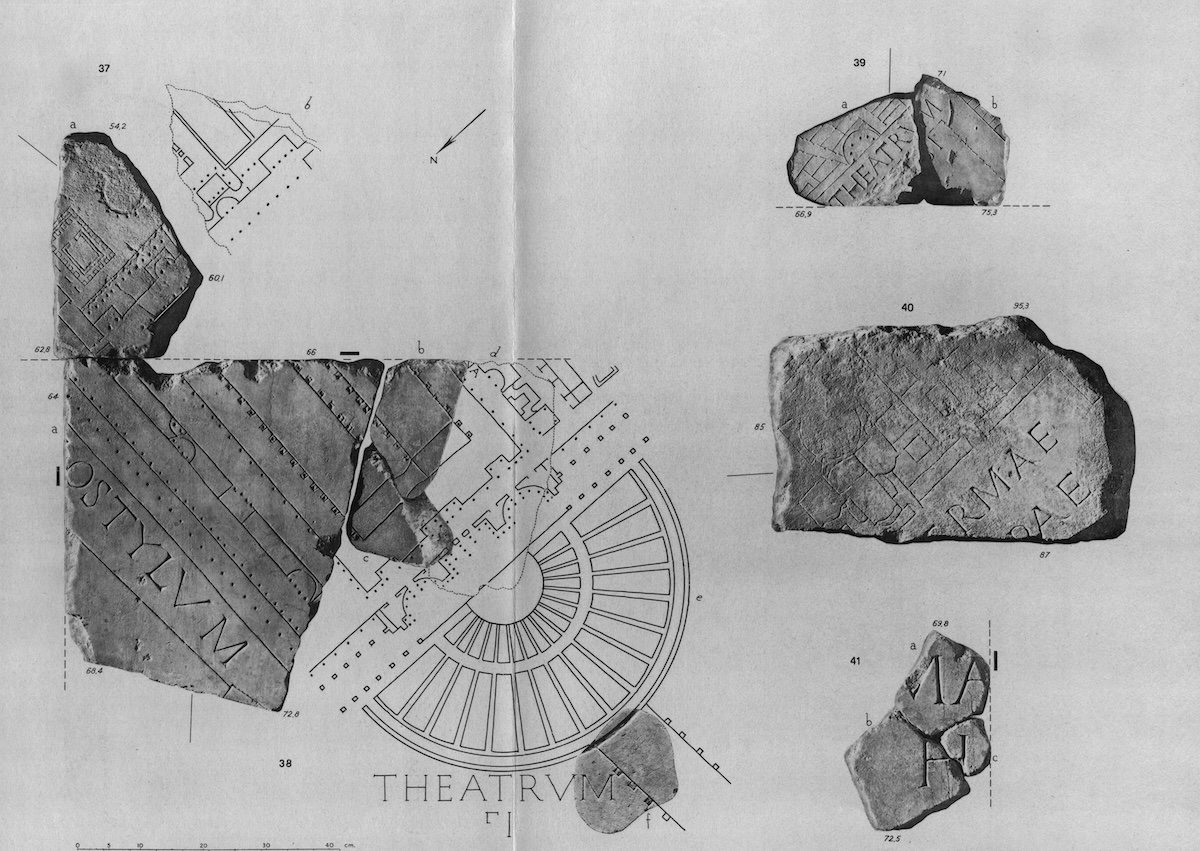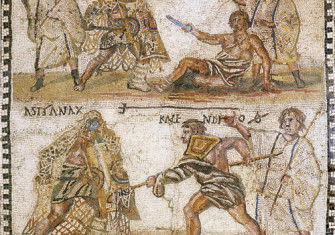Pompey’s Greatest Show on Earth
Rome’s first theatre was an enormous spectacle intended to glorify Pompey’s successes. Was it all bread and circuses?

In the autumn of 55 BC Pompey the Great, one of the most powerful generals of the Late Roman Republic, opened his brand new theatre. It was the first theatre ever to be constructed in ancient Rome and marked the beginning of the city’s increasingly lavish entertainment culture. Located in the Campus Martius, just behind the Capitoline Hill, the theatre was to be a monumental structure, a permanent reminder of the extraordinary political and military achievements of Pompey’s career – a palace of performative self-promotion.
Pompey was born in Picenum, on Italy’s east coast, on 29 September 106 BC. His father owned one of the largest private estates in Italy. With the help of his family’s wealth, the young Pompey began his political career at the age of 24, winning a series of quick and decisive military victories, first in Sicily in 82 BC and then in Numidia, in North Africa.







